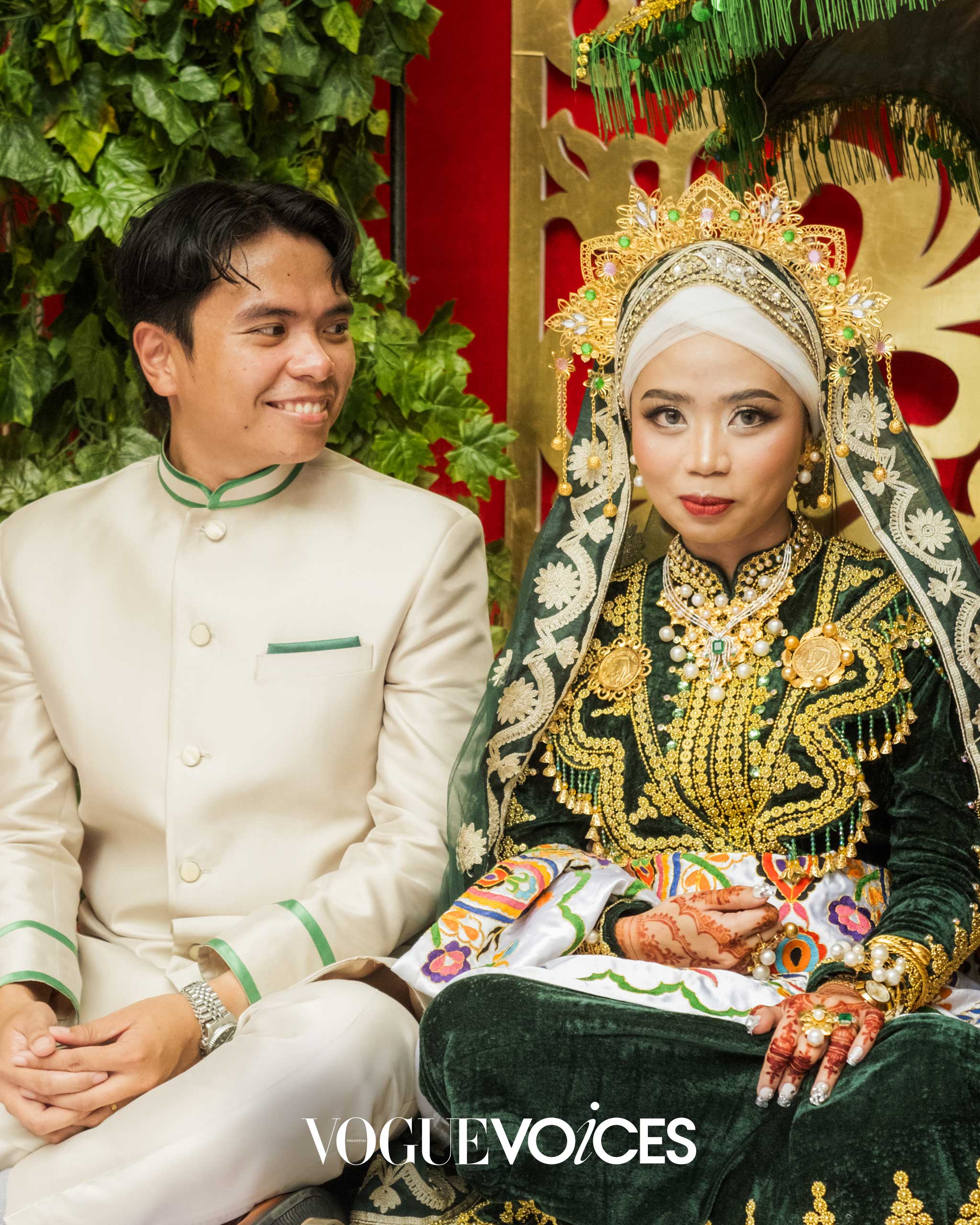Sweenee with her husband Martin, facing the crowd for the first time after the traditional Tausug ceremonies. Photos by Kenji Mercado and Lisa Marie David
In this iteration of Vogue Voices, youth and women advocate Sweenee Sajili and photographer Martin San Diego’s wedding was not just a celebration of love. It was an act of remembrance for Tausug culture.
On our wedding day, I honored the Tausug Mujahideens, our freedom fighters.
My lola, Apuh Inah, as we fondly call her, was my first history teacher. She rarely spoke of wars, colonial rulers, or treaties, yet she taught me who we were. Not through books or lectures, but through something more tangible: her clothes.
She was a quiet, unassuming woman, barely five feet, with a presence that commanded respect. Though she never received formal education, she raised nine children on her own after my grandfather passed. At family gatherings, she often sat in the corner, watching over us, her 33 grandchildren (and counting), with a soft smile that held decades of unspoken wisdom.
I had only ever seen her in Sablay, our traditional Tausug blouse. Whether at home or at social events, she wore it in different variations, breathable fabrics for daily wear and more elaborate, embroidered ones for special occasions. As a child, I thought it was outdated, even inconvenient.
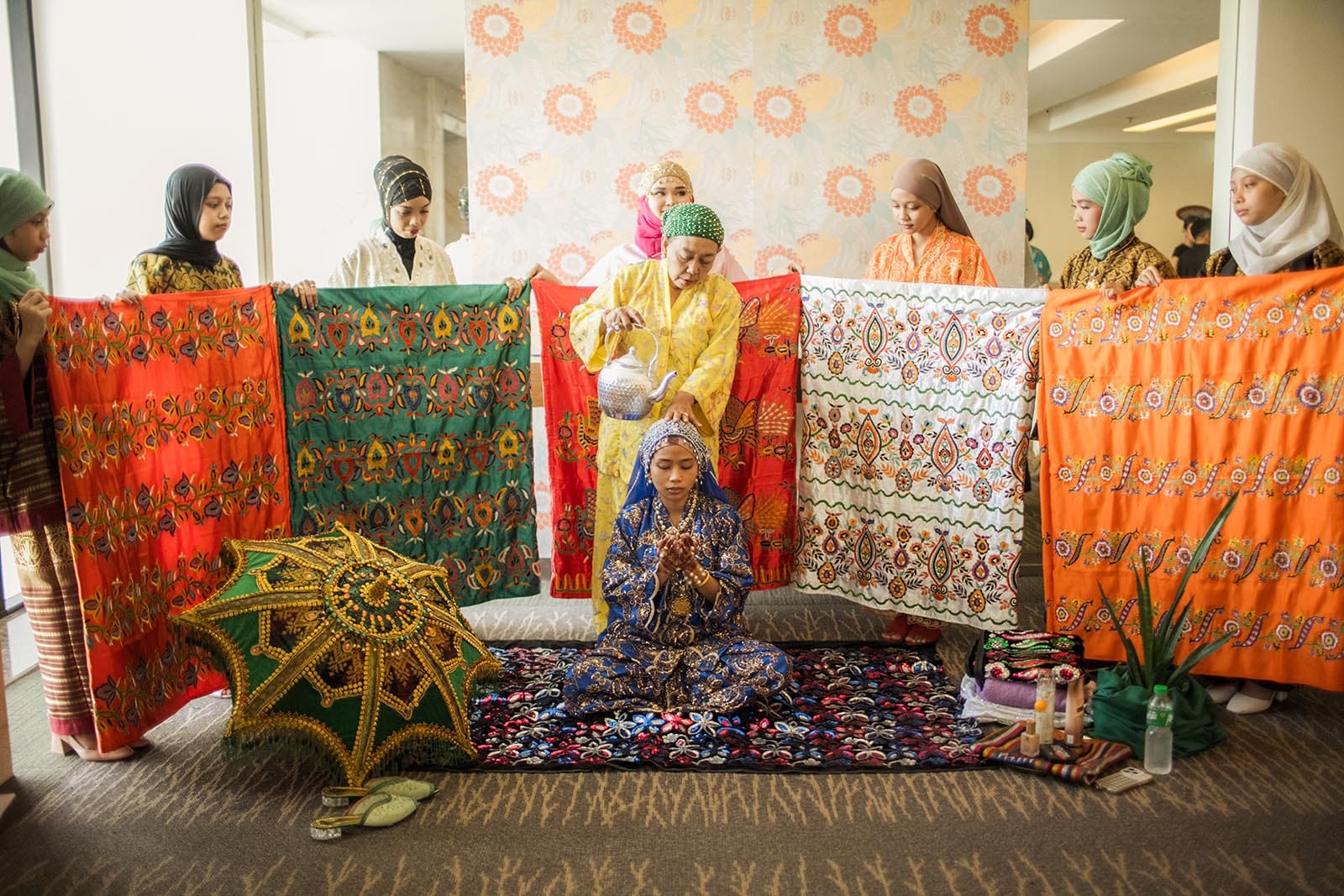
Then, at roughly 11 years old, I asked her in Tausug, “Apuh Inah, mayta kaw nagsasablay hadja? [Why do you always wear the Sablay?]”
She gave me a simple yet consequential answer: “Sablay kasi in badju ta.”
“Sablay is our identity.”
At the time, I did not fully understand the weight of those words. But as time passed, I saw what she meant. Clothing was never an afterthought for our people; it was defiance. It was a statement that, despite centuries of colonization, despite efforts of erasure, we are still here.
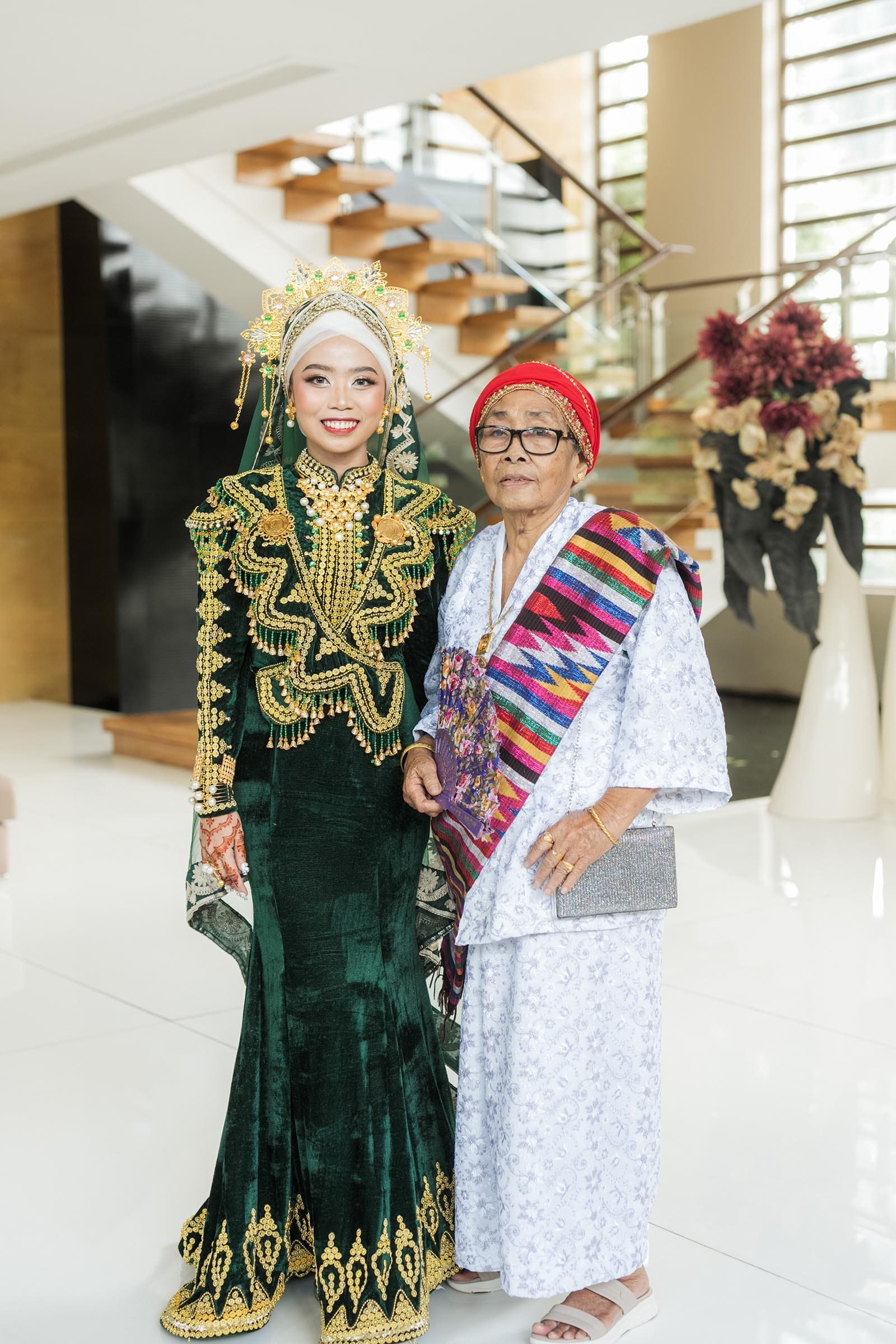
It was her act of love. In a world that foregoes, she chose to yield. And in doing so, she passed that love down to me.
The world may not know and even understand the Tausug resistance, but our bodies do. We have fought, bled, and survived, carrying with us the strength of those who came before us.
My husband Martin San Diego, a photojournalist, was drawn to this same courage: the relentless spirit of the Tausug and the other Moros. The more he learned, the more he fell in love with our history, our people, our resilience. So, when we planned our wedding, we knew it had to be intentional. It had to be a reflection of everything we stood for.
And so, on our wedding day, through my bridal attire, I honored our past, our people, our warriors.
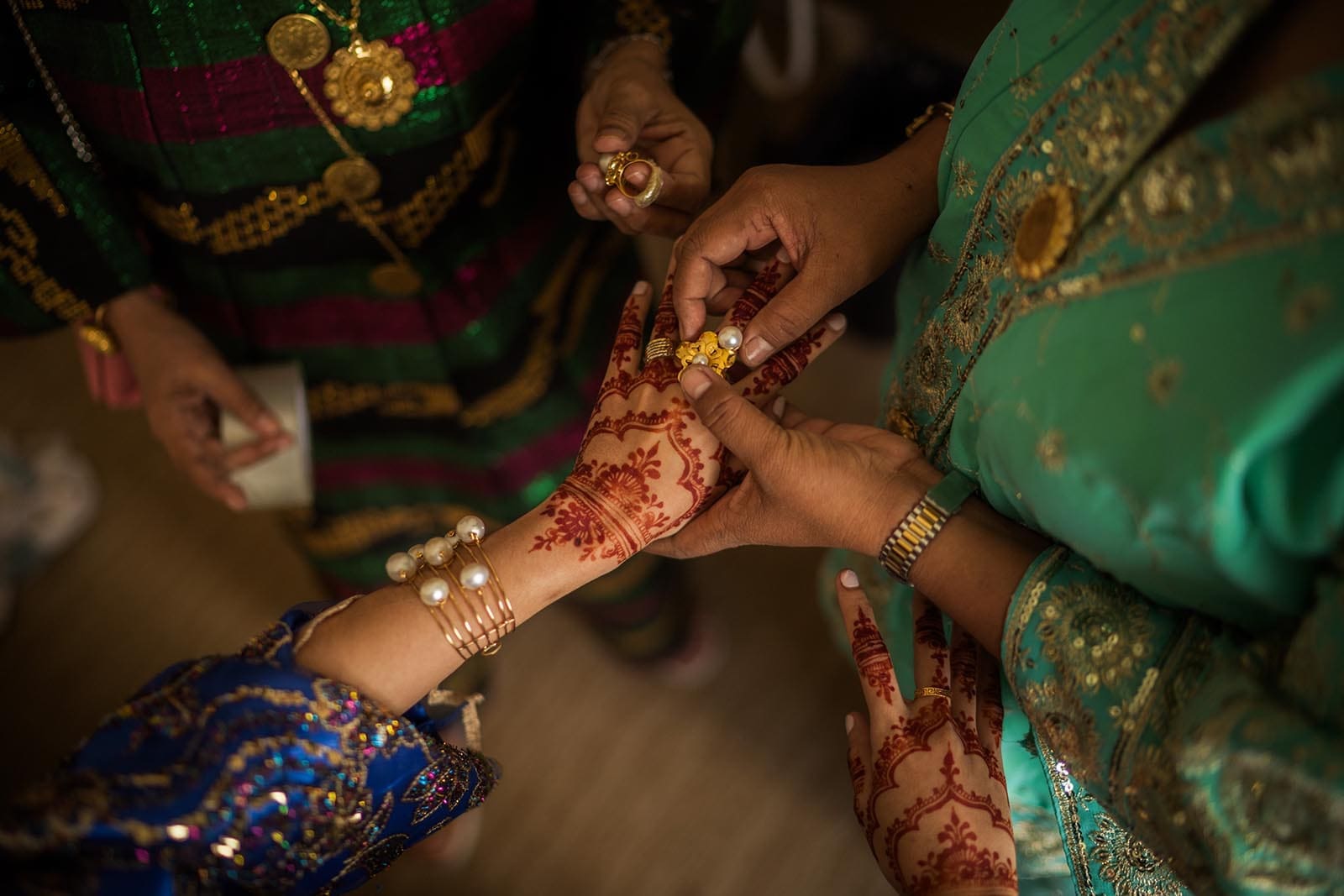
The Spaniards came with fire and steel, waging centuries of war to break the Tausug spirit. The Americans rained bullets on Bud Dajo, slaughtering entire families. They called it civilization. We called it survival.
The Battle of Bud Dajo in 1906 was not a battle; it was a massacre. An entire village, mostly women and children, were slaughtered by American troops who fired down upon them from the rim of the crater. The few men who had bolos fought back, not because they thought they would win, but because of Love.
History books do not tell our stories. They erase us, silence us, paint us as mere footnotes in a larger colonial narrative.
But Love resisted.
Love fought so that, to this day, I could wear my ancestry.
I wore a custom Batawi, the traditional Tausug attire, handcrafted by Indigenous designer Mohammedjan Jahuran. Each of the thousands of Tambuku, brass buttons, was placed by hand over two months of meticulous work.
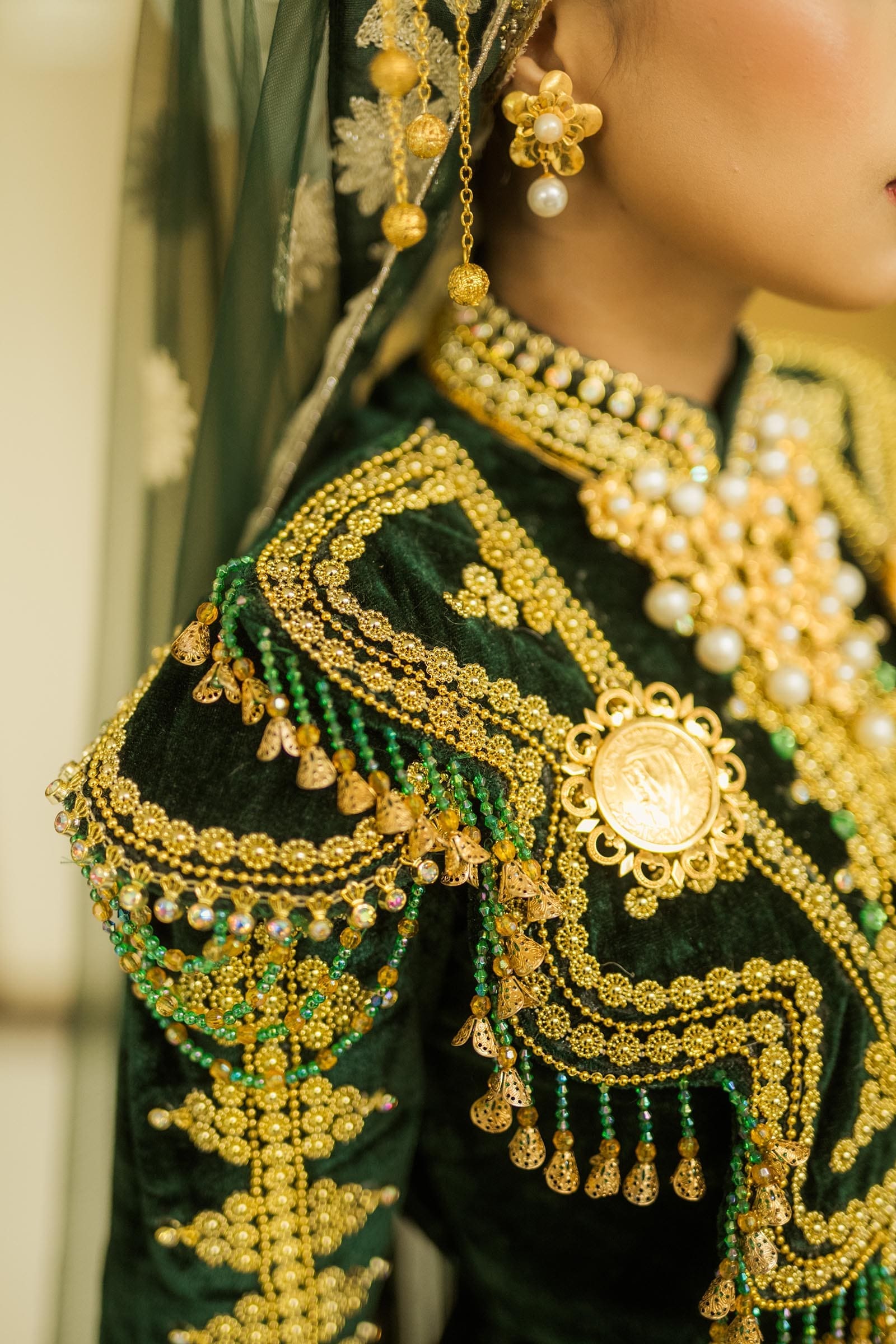
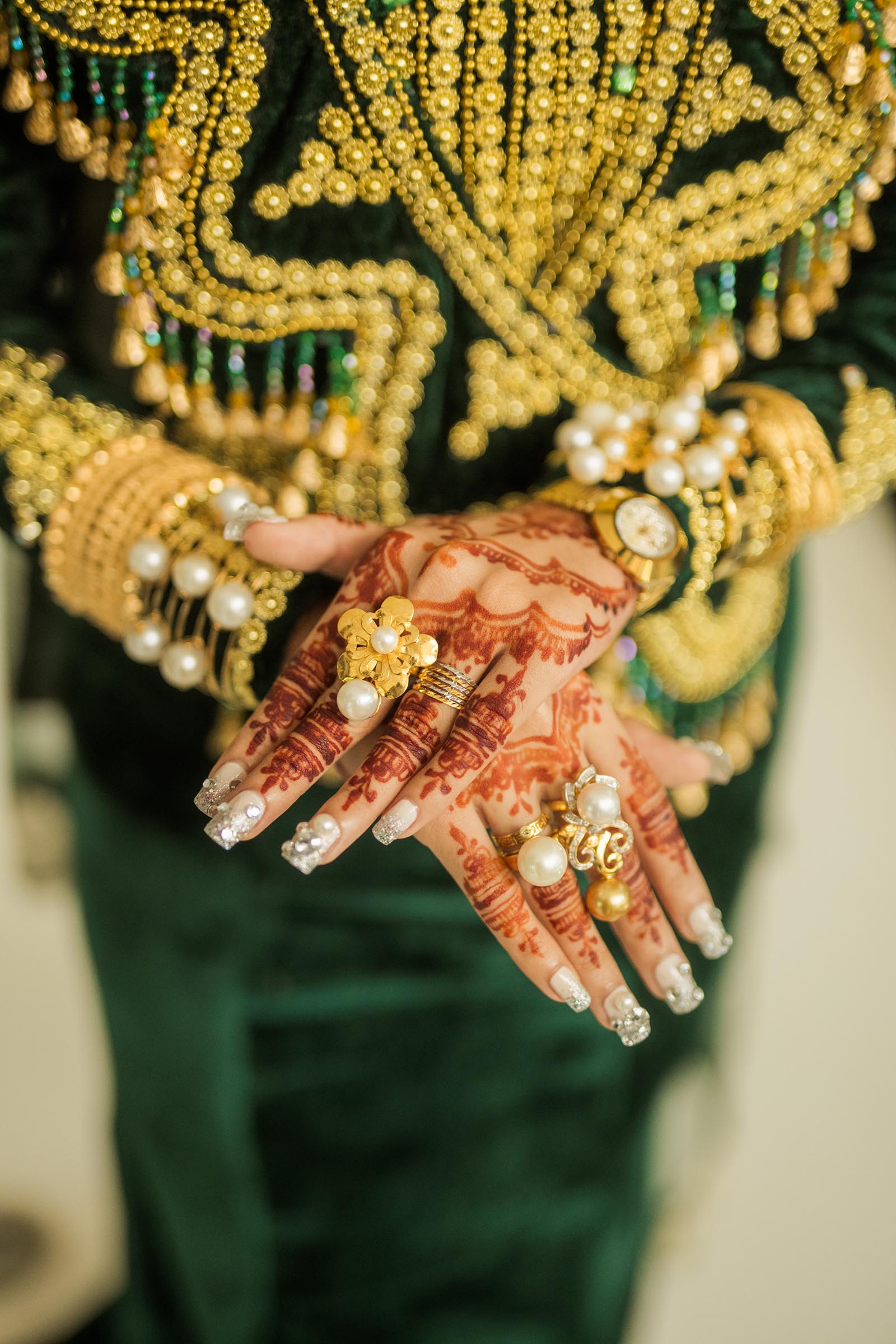
My look was deliberate. 24K gold medallions and heirloom jewelry draped over me, while my hands carried the art of my lineage—henna by Tausug artist Fatima Susulan, whose skill left everyone in awe. My makeup was also done by Khanza Abdurahman, a Tausug makeup artist. Every detail mattered.
The veil, handmade in India, had rested in my mother’s collection for years, waiting for its moment, now perfectly complementing my Batawi. And on my head, a gold-plated crown from Malaysia, crafted by women whose ancestors, like mine, had endured the weight of colonial rule.
More than its beauty, it was a declaration.
Colonizers told us we were savages, but like many facets of the Tausug identity, our textiles are works of art. They told us we were uncivilized, yet our heirlooms are displayed in places like the MET Museum. They told us we had no history, yet our traditions outlived their empires.
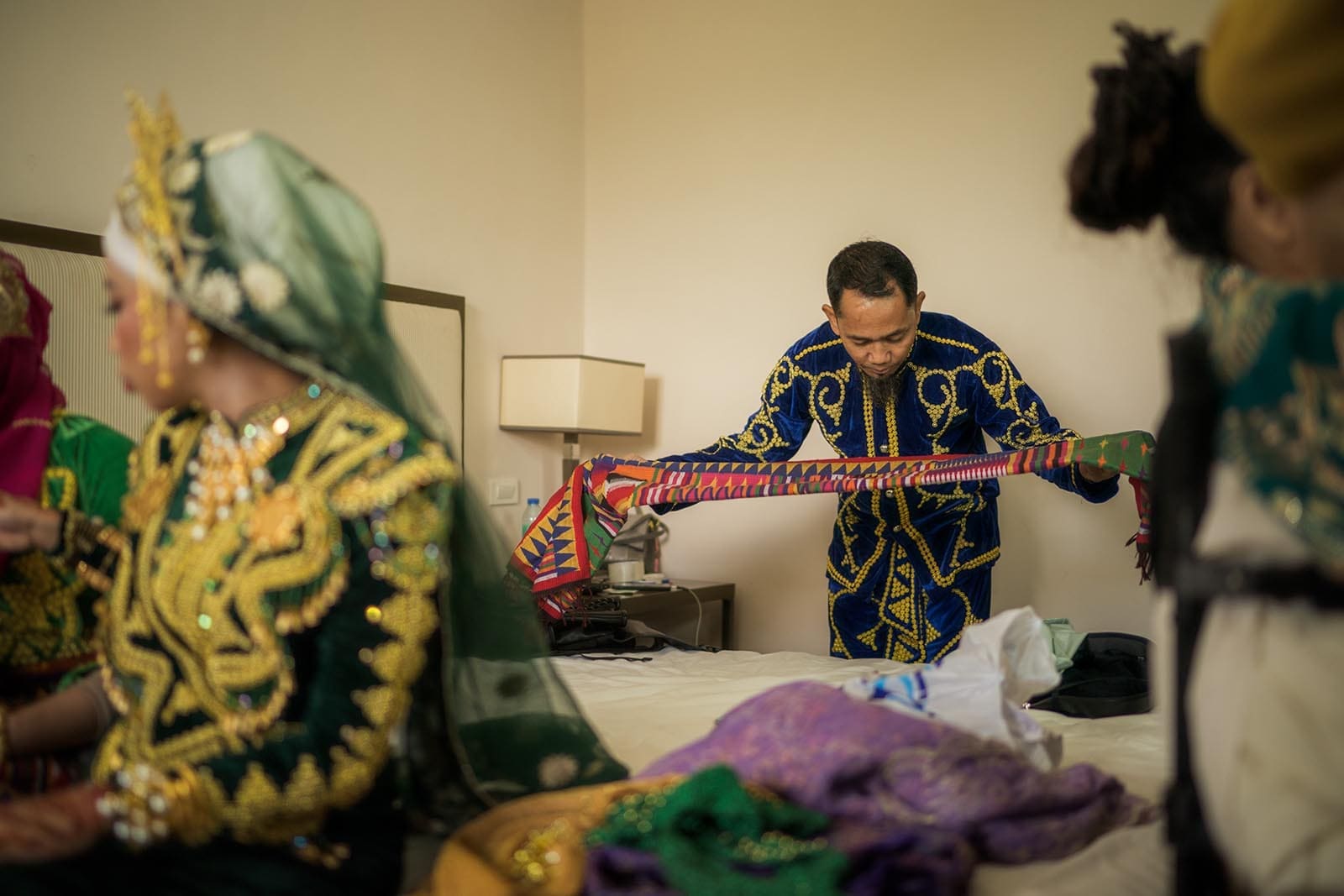
Because of love, I do not experience my heritage through a glass case, untouchable and distant. I wear it. I live it.
Our children will never have to learn who they are from museum plaques and from people who claim they’re telling our stories. They will know. They will remember.
They will hear about parang sabil, the Tausug warrior’s code, where one fights not for victory, but for Love. They will hear about how we endured.
This is not the attire of a people without history. Before the galleons came, we were already something extraordinary. We had wealth, not just in gold, but in craftsmanship. We had trade, not just with them, but with nations across seas. We had identity, not borrowed, but our own.
They took so much, yet we remain. Our culture, our beauty, our resistance, too complex, too brilliant, too undeniable to be erased.
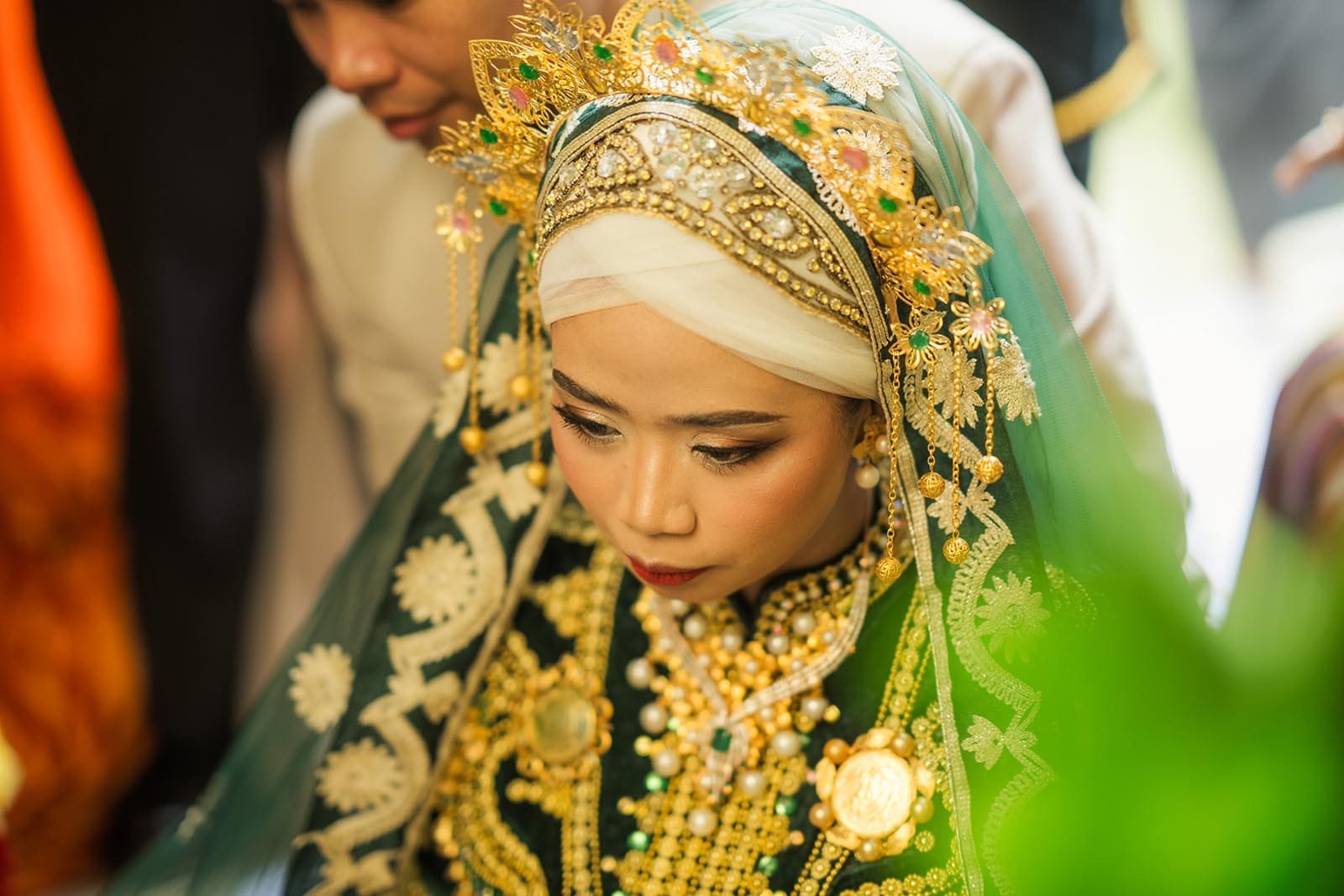
This wedding was not just a celebration of love. It was an act of remembrance.
It was for Apuh Inah, who never abandoned her identity. It was for the warriors of Bud Dajo, who chose death over surrender. It was for the future generations, who will never have to wonder who they are.
We got married last year, on December 28, 2024 but I thought of sharing this now, in February. It feels both poetic and powerful that we simultaneously celebrate the Month of Love and the National Arts Month.
Because what is history but a record of the love we fought for? What is art but the proof that we endured?
They say Filipinos love deeply. And that is true. But the greatest proof of the enduring Filipino love is in our resistance. We are still here. We honor. We persist. Allah yerhamo [God bless the ones who came before us].
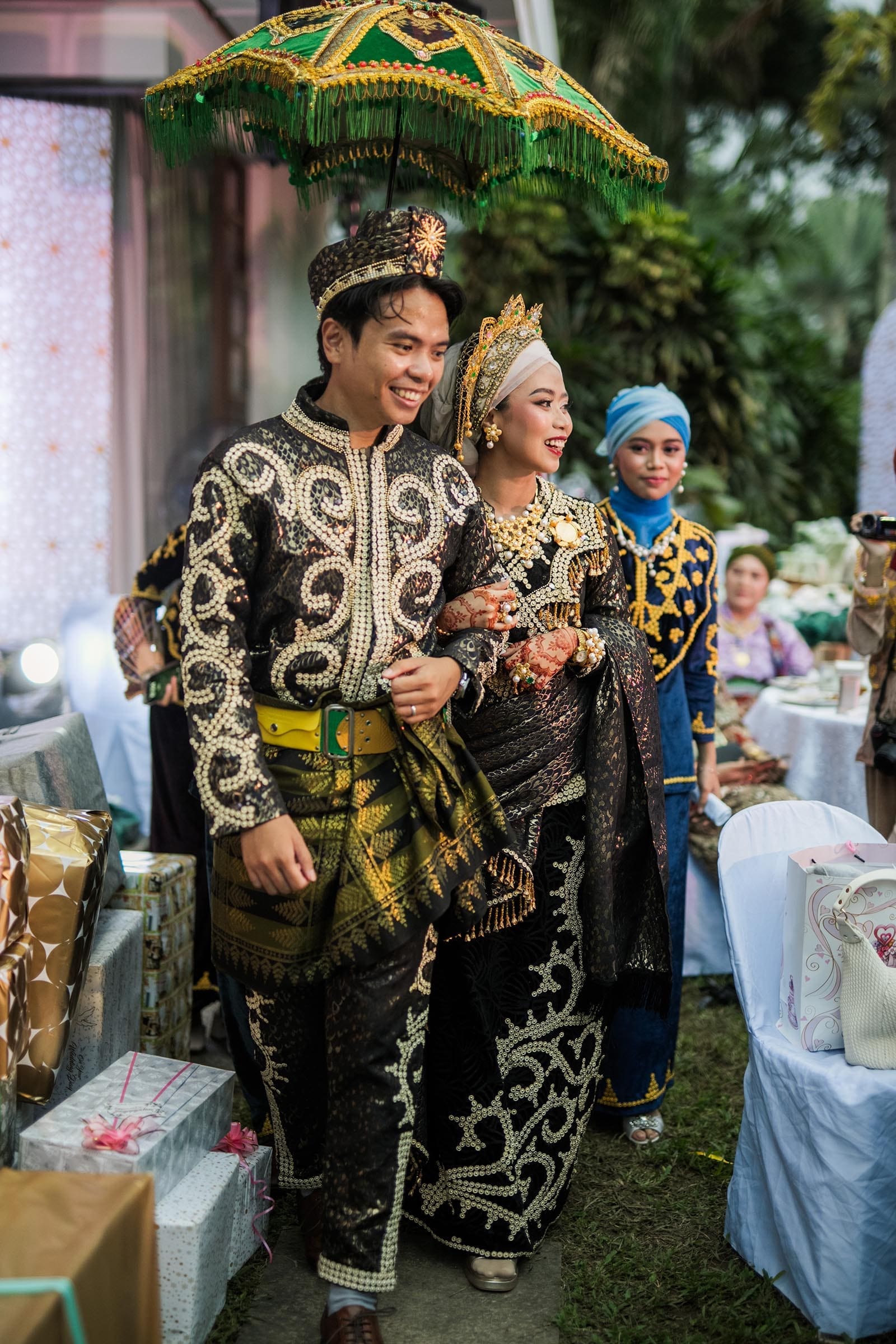
Sweenee Sajili is a youth and women advocate. She was featured in a documentary film “Voices in the Sidelines” and strongly champions the Moro identity. Presently, she is in her third year in law school.
